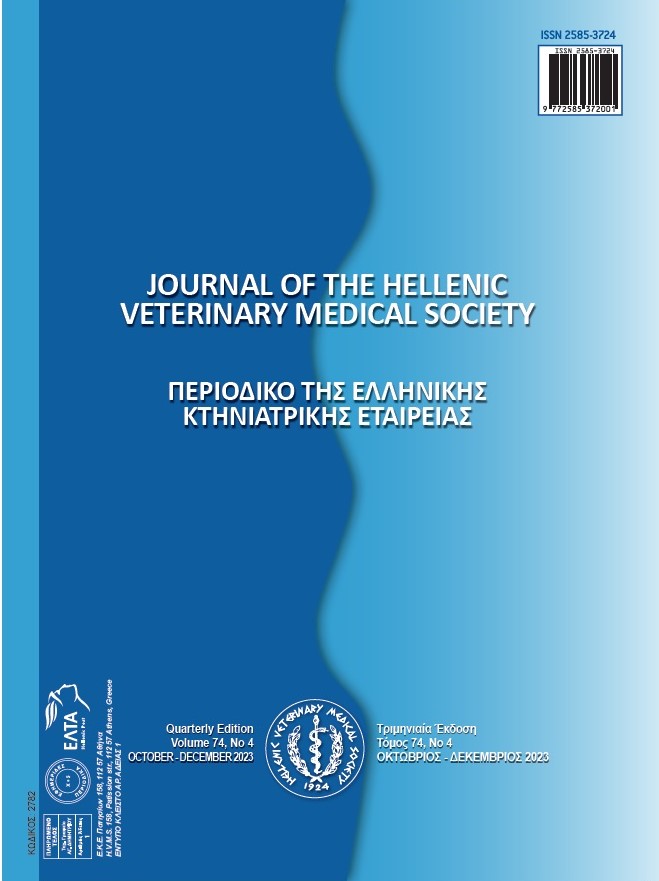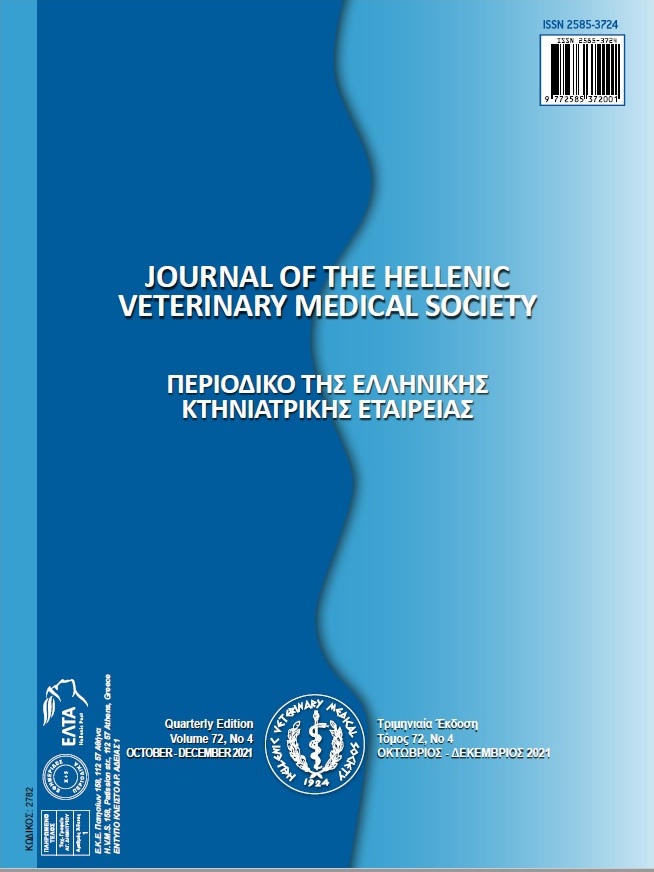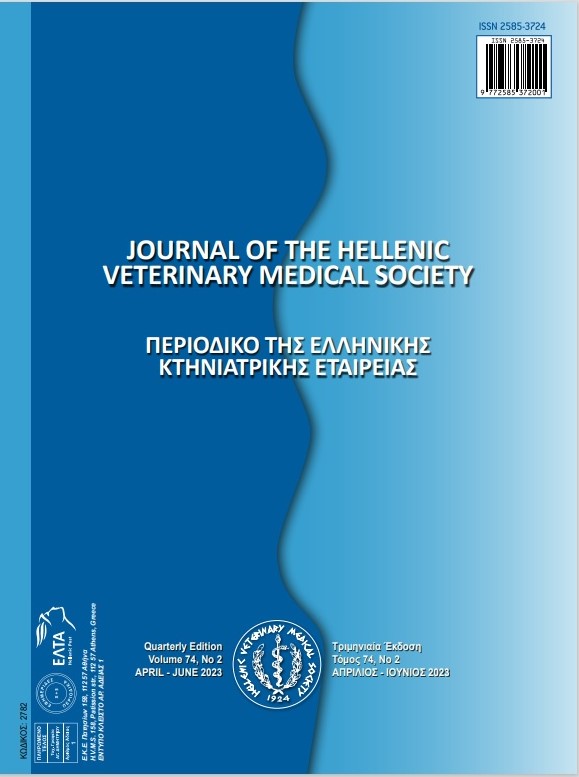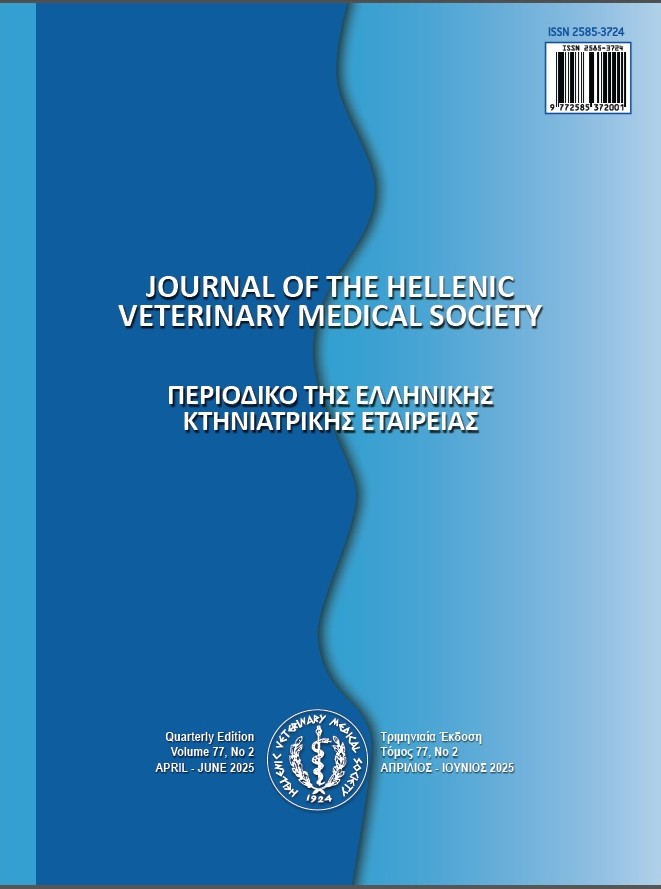Quality aspects of oven-dried whole (full-fat) and d-oiled mealworm stored at room temperature
Resumen
Mealworms (Tenebrio molitor) are considered the potential novel alternative source of protein for sustainable food production and also have a low ecological footprint. Nonetheless, fresh mealworms have a shorter shelf-life, therefore, to preserve their nutrient quality and safety it is of utmost importance to optimize the post-harvest processing techniques. Therefore, in the present study, two technological forms of oven-dried (60 0Ċ for 2 h) mealworms namely whole (full-fat) mealworms (WMW) and de-oiled mealworms (D-OMW) were analysed for nutrient quality, microbial count, and aflatoxin B1 safety levels. Both WMW and D-OMW were stored for 56 days at room temperature (25 to 30 0C) and were sampled on alternate weeks (days 0, 14, 28, 42, and 56, respectively) for analysis. In comparison to WMW, the D-OMW contains high (P < 0.001) contents of crude protein (CP) and dry matter (DM). Notably, at 56 days of storage interval, the D-OMW is more stable with CP and DM contents having DM (87.3 vs. 77.3%) and CP (76 vs. 46.0%) contents. In contrast, WMW had high (P < 0.001) content of EE than D-OMW (24.5 vs. 3.30%) at 56 days of storage. Moreover, WMW and D-OMW are rich sources of minerals, particularly potassium and phosphorus, with no significant (P > 0.05) effect during storage interval. Notably, leucine, lysine, and valine are the abundant amino acids in WMW and D-OMW. During the entire storage period, no growth of Escherichia coli, Salmonella, Campylobacters, and Clostridium perfringens were found. However, low levels of other coliforms, Enterococci, and Staphylococcus aureus were detected in D-OMW than in WMW. Likewise, the aflatoxin B1 contamination level was much lower in D-OMW during the entire storage time. This study concluded that storage times affected the nutrient profile and safety level of WMW. Nonetheless, the D-OMW was found almost stable and safe even at the storage of 56 days at room temperature.
Article Details
- Cómo citar
-
Khan, S., Usman, A., Khan, K., Ali, P., Shah, A., Khan, H., & Israr, M. (2024). Quality aspects of oven-dried whole (full-fat) and d-oiled mealworm stored at room temperature. Journal of the Hellenic Veterinary Medical Society, 75(1), 6965–6972. https://doi.org/10.12681/jhvms.33627
- Número
- Vol. 75 Núm. 1 (2024)
- Sección
- Research Articles

Esta obra está bajo una licencia internacional Creative Commons Atribución-NoComercial 4.0.
Authors who publish with this journal agree to the following terms:
· Authors retain copyright and grant the journal right of first publication with the work simultaneously licensed under a Creative Commons Attribution Non-Commercial License that allows others to share the work with an acknowledgement of the work's authorship and initial publication in this journal.
· Authors are able to enter into separate, additional contractual arrangements for the non-exclusive distribution of the journal's published version of the work (e.g. post it to an institutional repository or publish it in a book), with an acknowledgement of its initial publication in this journal.
· Authors are permitted and encouraged to post their work online (preferably in institutional repositories or on their website) prior to and during the submission process, as it can lead to productive exchanges, as well as earlier and greater citation of published work.






